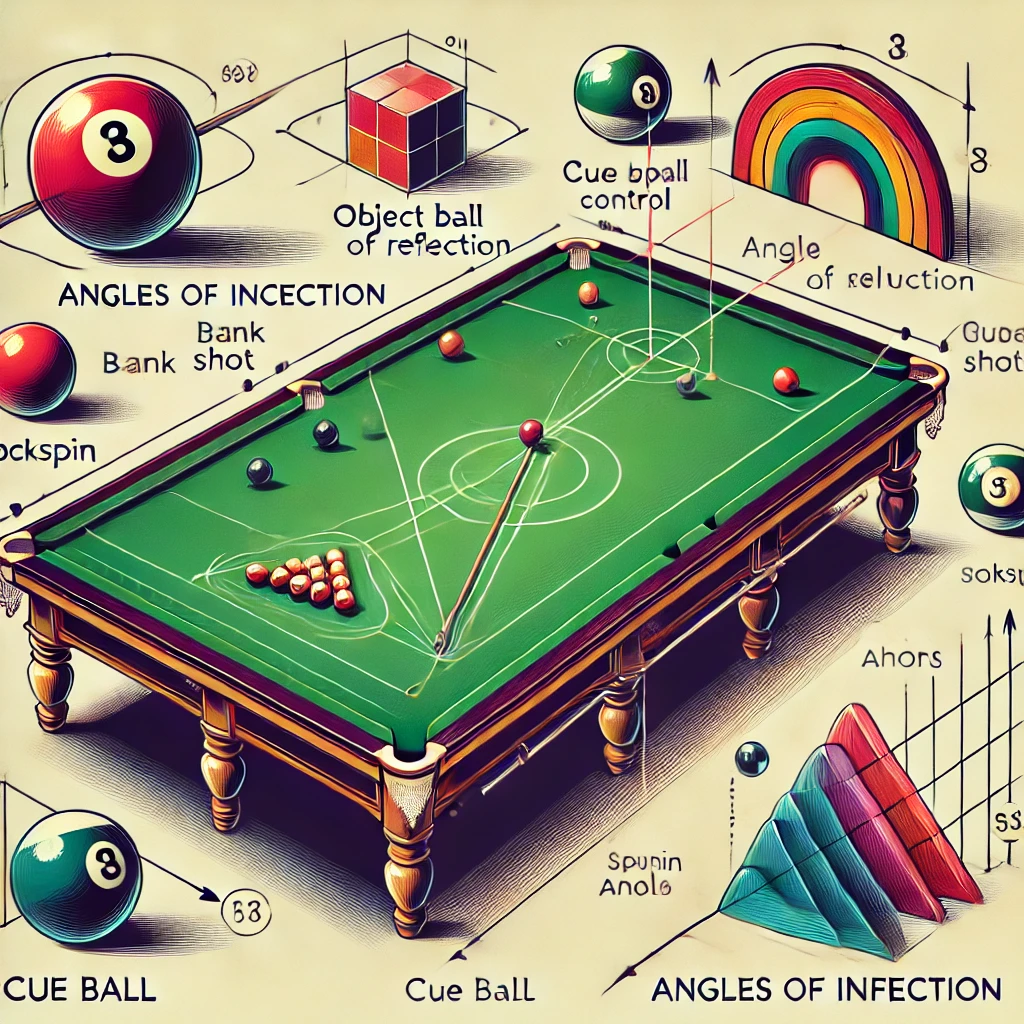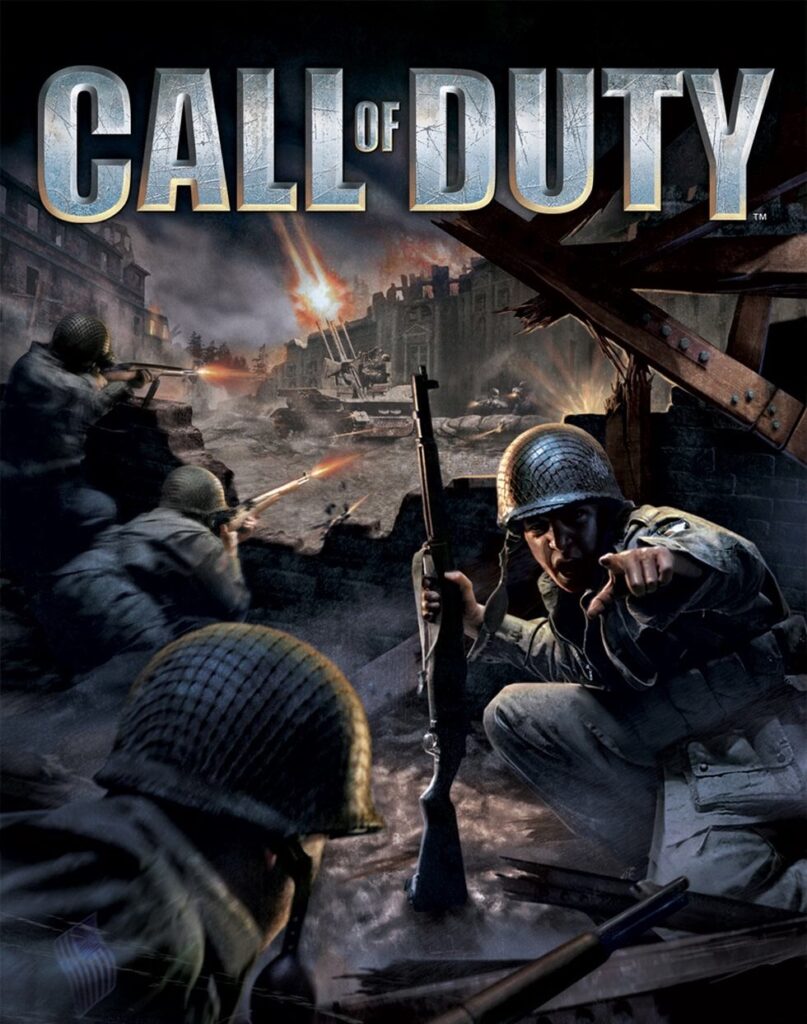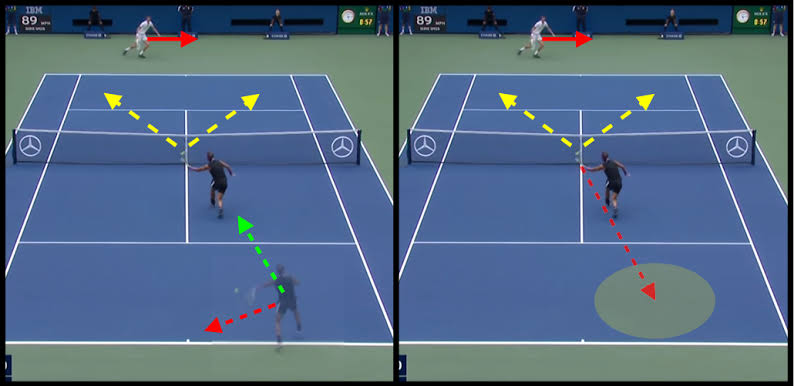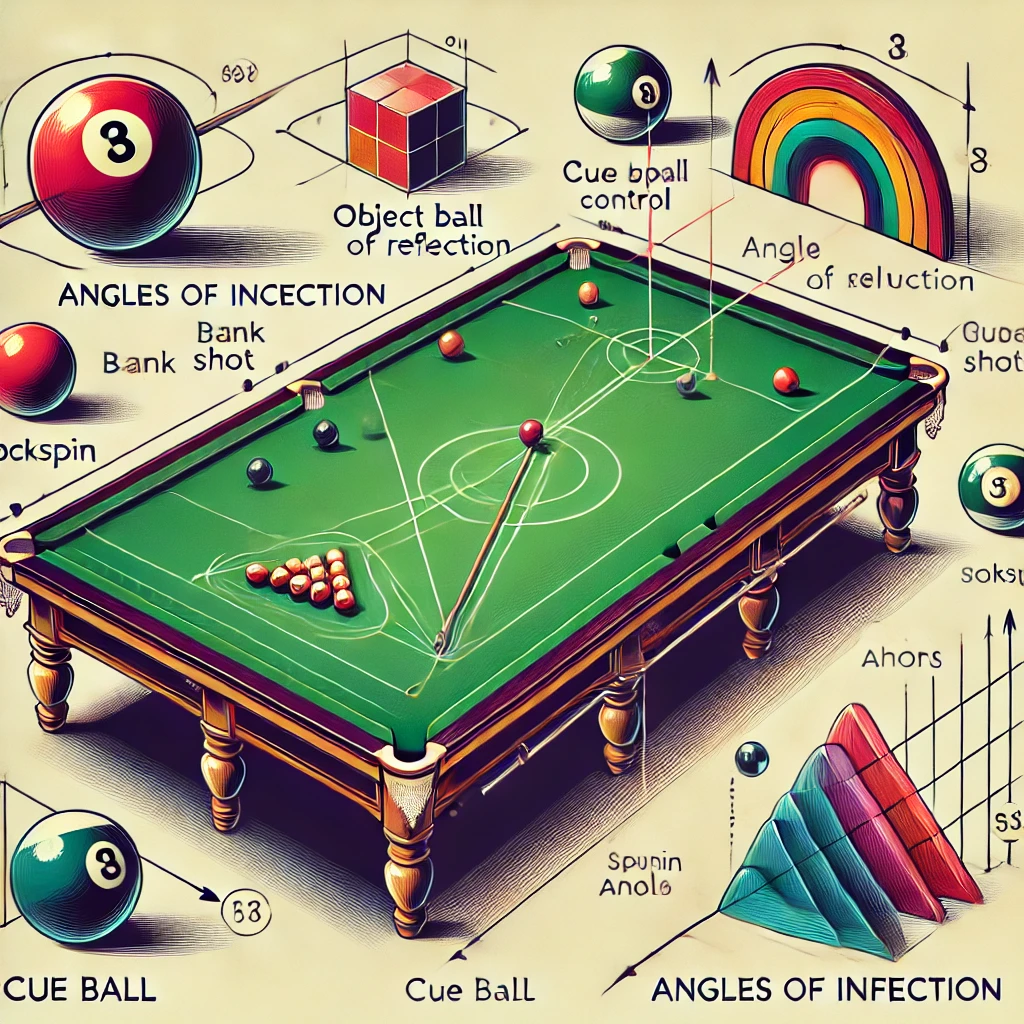“Unlock Victory: How Geometry Elevates Your Gaming Skill”

Geometry is often considered just a topic for math classrooms, but it can be a game-changer
Literally, when it comes to gaming. Whether you’re navigating complex environments, solving in-game puzzles, or aiming for the perfect shot, understanding geometric principles can provide unique and substantial advantages.
Here’s how geometry helps players excel in different types of games:
Enhanced Spatial Awareness in Open-World Games
In games like The Legend of Zelda: Breath of the Wild or Assassin’s Creed, players explore vast 3D worlds filled with varied landscapes and structures. Geometry helps players understand angles, distances, and positioning. This skill allows for efficient navigation and helps players assess which routes to take, whether scaling a cliff or planning a quick escape from enemies.
Geometry in Football
Football is not just a game of skill and physical prowess; it also involves strategic thinking and spatial awareness, which is where geometry comes into play. Players and coaches often use geometric principles to devise plays, understand player positioning, and optimize movement on the field.

Geometry helps in calculating angles for passing, shooting, and defending, ensuring that players can make precise, effective decisions during gameplay. For instance, forwards may analyze the optimal angle to shoot past a goalkeeper. While defenders position themselves to block the most direct paths to the goal. Understanding these angles and spaces enhances teamwork and can give a strategic edge, making the game more efficient and successful.
Strategic Positioning in Battle Arenas
In multiplayer games like Fortnite, Valorant, or Call of Duty, strategic positioning can mean the difference between victory and defeat. Knowledge of geometric concepts, such as sightlines and the angles of attack, helps players choose superior vantage points or take cover effectively.

For instance, peeking around corners at the right angle can expose the enemy’s position while keeping your character minimally exposed.

Precision and Aiming in Shooting and Sports Games
First-person shooters like CS: GO or sports games such as FIFA and NBA 2K heavily rely on understanding angles and trajectories. When players aim a shot or make a pass, knowing how angles work improves accuracy.
Geometry helps players anticipate the path of the ball or projectile, whether it’s planning a long shot across the court or lining up a sniper shot.
Geometry in Tennis
Geometry plays a crucial role in tennis, both in understanding the court layout and strategizing shots. The dimensions and angles of the tennis court directly influence how players position themselves and anticipate ball trajectories.
By applying geometric principles, players can calculate the optimal angles for hitting serves and groundstrokes to ensure the ball lands in the most challenging spots for their opponent.
For example, hitting a cross-court shot with the right angle can increase the distance the ball travels, making it harder for the opponent to reach.
Players also use geometry to visualize the trajectory of the ball, adjusting their footwork and positioning to intercept the ball with the most efficient angles. Mastering these geometric aspects of the game can significantly enhance a player’s ability to control the pace and direction of the match, ultimately giving them an edge in winning points.

Puzzle Solving in Adventure Games
Adventure games like Portal and The Witness are renowned for their reliance on spatial reasoning and geometric problem-solving. In Portal, players must consider the angles of their portals to navigate through the game’s challenges effectively.
Similarly, The Witness incorporates puzzles where recognizing patterns and using geometric principles are essential to progress.
Map Reading and Tactical Analysis in Strategy Games
Games like StarCraft II or Age of Empires require players to read maps, plan strategies, and anticipate opponents’ movements.

Geometry assists players in visualizing potential routes, optimal troop positioning, and effective battle formations.

The ability to analyze areas of control or estimate distances between bases can be critical for strategic gameplay.
Mastering Movement in Racing and Platformer Games
In racing games like Mario Kart or Forza Horizon, understanding geometric concepts helps players take turns efficiently by calculating the ideal racing line.

In platformer games like Super Mario Odyssey, knowledge of trajectory and angles can aid players in making precise jumps, avoiding obstacles, and planning their path through complex levels.
Geometry in Snooker & Pool Game
Geometry plays a crucial role in snooker and pool, as it helps players understand angles, distances, and ball trajectories.
Here’s how geometry can enhance a player’s game:

Angle of Reflection: Understanding the angle at which a ball strikes a cushion is vital. In both snooker and pool, balls reflect off the cushions at predictable angles, following the “angle of incidence equals angle of reflection” principle. Players use this to plan shots, especially for tricky pots or position play.
Bank Shots and Kicks: Geometry is key in executing bank shots (where a ball bounces off one or more cushions) or kick shots (where the cue ball hits another ball after bouncing off a cushion). A player needs to calculate the correct angle to hit the ball and ensure it reaches the target area.
Cue Ball Control: Knowing how the cue ball behaves when it strikes another ball, especially in terms of spin (topspin, backspin, and sidespin), helps the player control its path after a shot. This control allows them to position the cue ball for subsequent shots, making it easier to plan ahead.
Potting Angles: When aiming to pot a ball, players use geometry to determine the best angle to hit the target ball. The exact angle and position from which the cue ball strikes the object ball can make the difference between a successful pot and a miss.
Positional Play: Beyond potting balls, players need to think ahead about where to leave the cue ball for the next shot. Geometry helps them position the cue ball optimally for the upcoming moves, often requiring an understanding of angles, distances, and spin.
Mastering the geometric principles involved can give a player a significant edge, allowing them to make more precise and strategic shots throughout the game.

Conclusion:
Elevate Your Game with Geometry. Whether you’re exploring open worlds, competing in battle royals, or solving intricate puzzles. Mastering geometry can elevate your gameplay. It sharpens your spatial reasoning, improves decision-making, and enhances precision in any game you play. By incorporating these mathematical principles, you not only gain a deeper understanding of game mechanics but also unlock new strategies to become a formidable player.
“Have a Successful journey of joy.”
Syeda Naqvi
References
- ^ “Geometry – Formulas, Examples | Plane and Solid Geometry”. Cuemath. Retrieved 31 August 2023.
- ^ Vincenzo De Risi (2015). Mathematizing Space: The Objects of Geometry from Antiquity to the Early Modern Age. Birkhäuser. pp. 1–. ISBN 978-3-319-12102-4. Archived from the original on 20 February 2021. Retrieved 14 September 2019.
- ^ Jump up to:a b Tabak, John (2014). Geometry: the language of space and form. Infobase Publishing. p. xiv. ISBN 978-0-8160-4953-0.
External Links
- “Geometry” . Encyclopædia Britannica. Vol. 11 (11th ed.). 1911. pp. 675–736.
- A geometry course from Wikiversity
- Unusual Geometry Problems
- The Math Forum – Geometry
- Nature Precedings – Pegs and Ropes Geometry at Stonehenge
- The Mathematical Atlas – Geometric Areas of Mathematics
- “4000 Years of Geometry”, lecture by Robin Wilson given at Gresham College, 3 October 2007

Post Comment